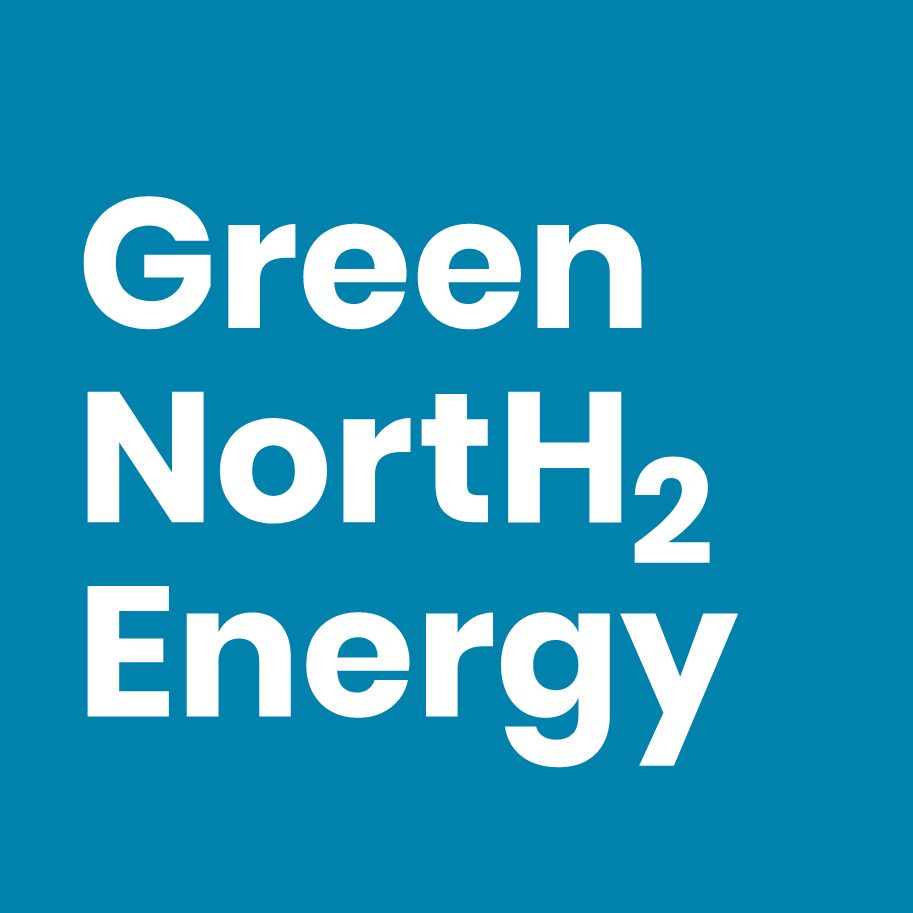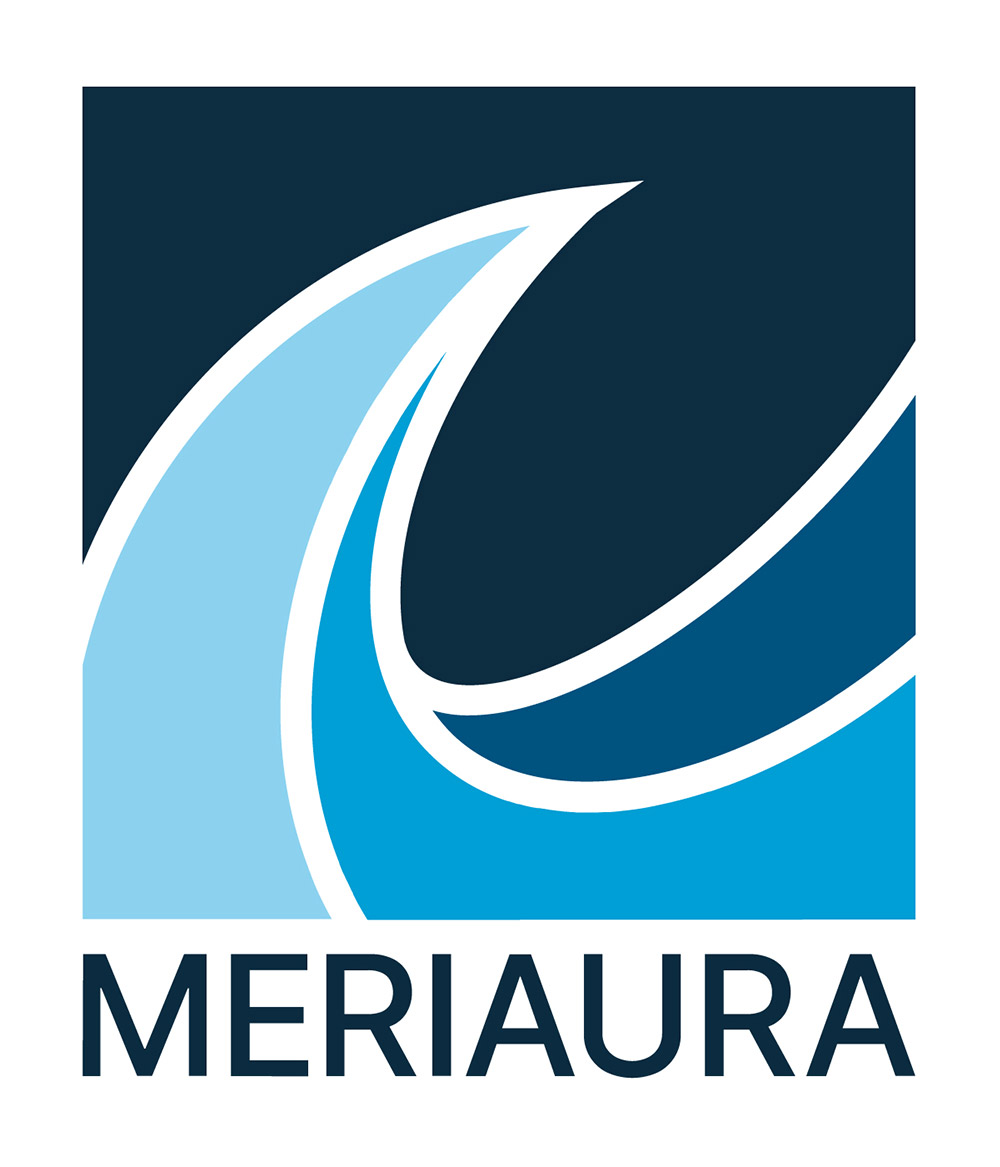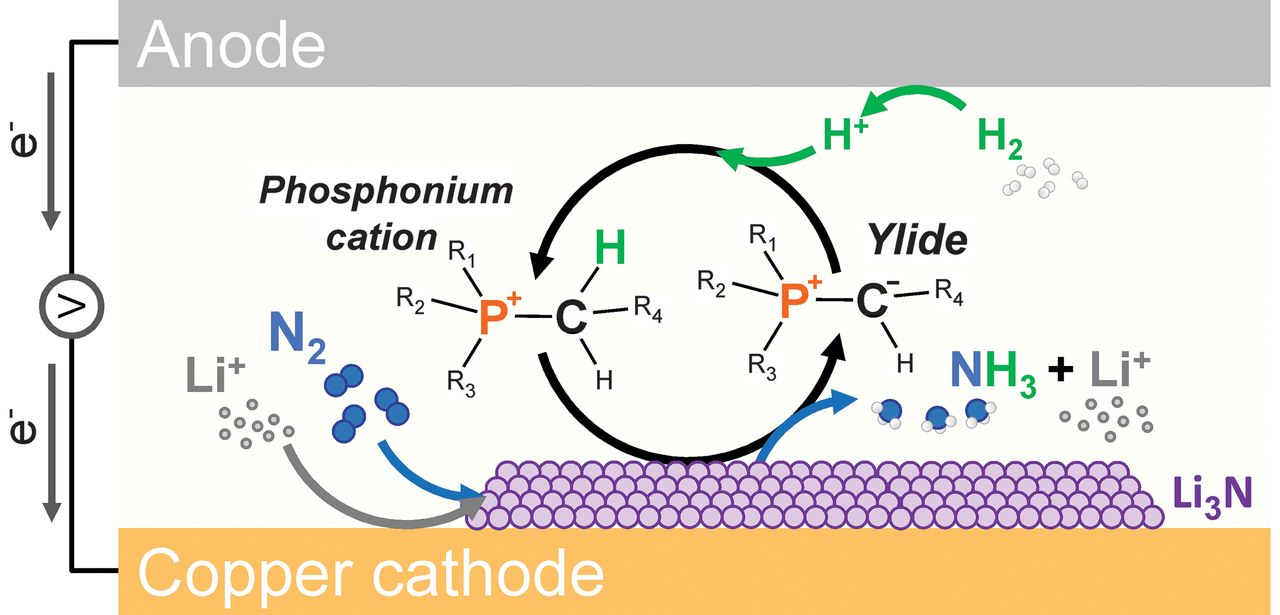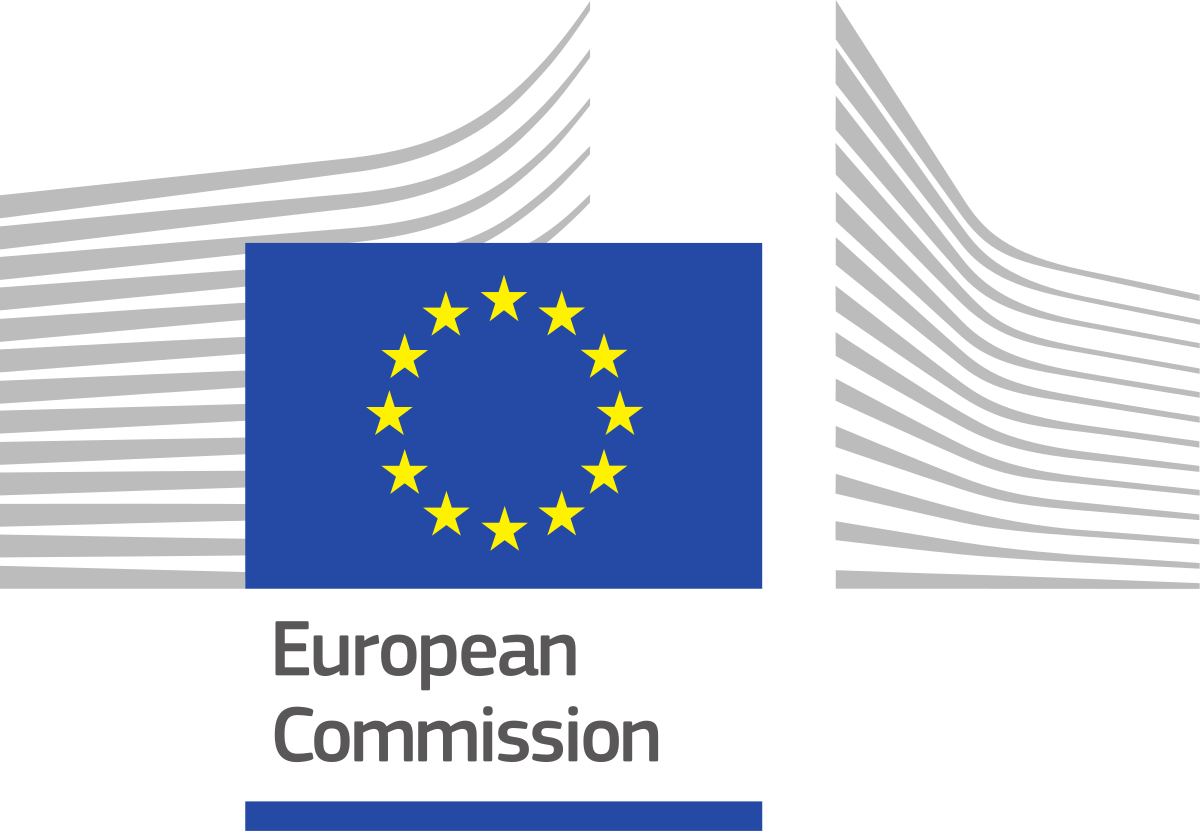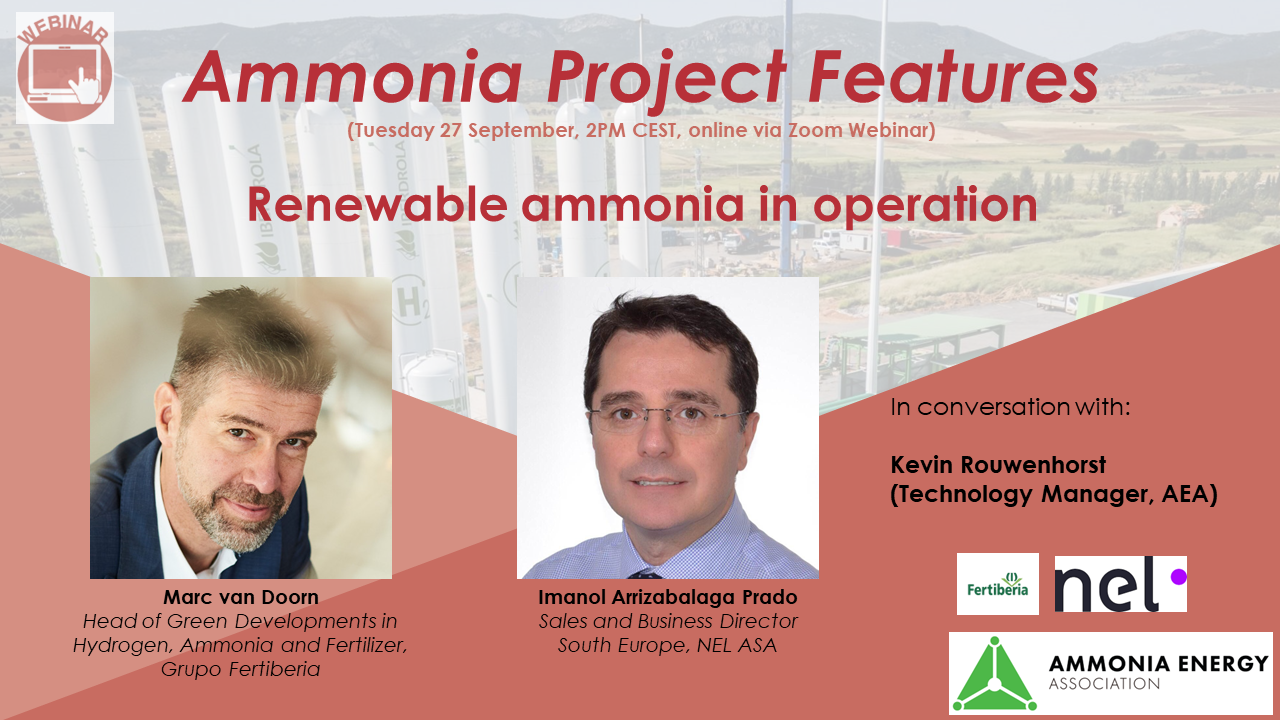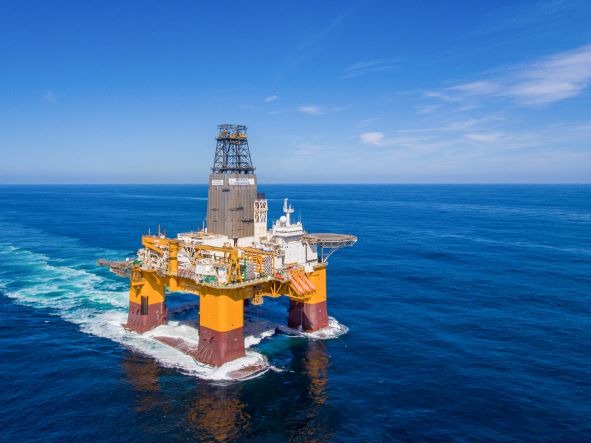Europe
A road ahead via lithium-mediated electrochemical nitrogen reduction?
Realisation of electrochemical nitrogen reduction to ammonia has proven to be a herculean scientific challenge. Recently, a focus on Lithium-mediated synthesis has delivered promising results. Last year a team from Monash University in Australia unveiled their phosphonium “proton shuttle” method, and this year have reported nearly 100% Faradaic efficiency for the reaction (with promising reaction rates). Late last year, a team from the Technical University of Demark (DTU) reported that addition of small amounts of oxygen gas drastically increased Faradaic efficiencies and production rates. The results push electrochemical synthesis R&D ever-closer to elusive benchmarks set for commercial realisation.
New hydrogen regulations in Europe
The European Parliament has recently voted on key changes to the Renewable Energy Directive II. The changes include new renewable fuel targets for industry, scrapping the “additionality” clause, and easing temporal & geographical restrictions on electricity PPAs for hydrogen production. A new, €3 billion Hydrogen Bank has also been announced in a bid to close the investment gap in Europe.
Renewable ammonia in operation: Puertollano, Spain
Fertiberia recently opened its first renewable ammonia production project in Puertollano, with Nel supplying 20 MW of PEM electrolyzer units to produce renewable hydrogen feedstock.
First Ammonia announces deal for 5GW of Topsoe electrolysers
US-based First Ammonia has announced a new reservation deal with Topsoe for delivery of solid-oxide electrolysers. Initially, First Ammonia will purchase 500 MW of SOECs from Topsoe’s new manufacturing plant in Herning, Denmark, with the option to expand to 5 GW over the lifetime of the agreement. That initial 500 MW will be deployed over two First Ammonia production projects, both targeting commercial operations in 2025: one in northern Germany, and one in southwest USA.
New ammonia import & export terminals
At Vlissingen in the Netherlands, Uniper & Vesta Terminals will explore the feasibility of developing a new ammonia import hub in northwest Europe, based on Vesta’s existing 60,000m3 ammonia storage facility. Also this week, Proton Ventures is currently developing a state-of-the-art ammonia export terminal for an oil & gas major in the UAE, which will feature the “biggest ammonia tanks ever built in the Middle East”.
KBR: ammonia-powered offshore drilling
KBR, Odfjell, Equinor and Wärtsilä will all collaborate to study conversion of diesel generators on board semi-submersible, offshore drilling vessels to ammonia-fueled generators. On-board power for equipment and heavy machinery on these vessels is typically provided by fossil-fed generators. As fuel costs increase, operators are looking to new energy solutions including offshore wind and alternative fuels like hydrogen & ammonia.
